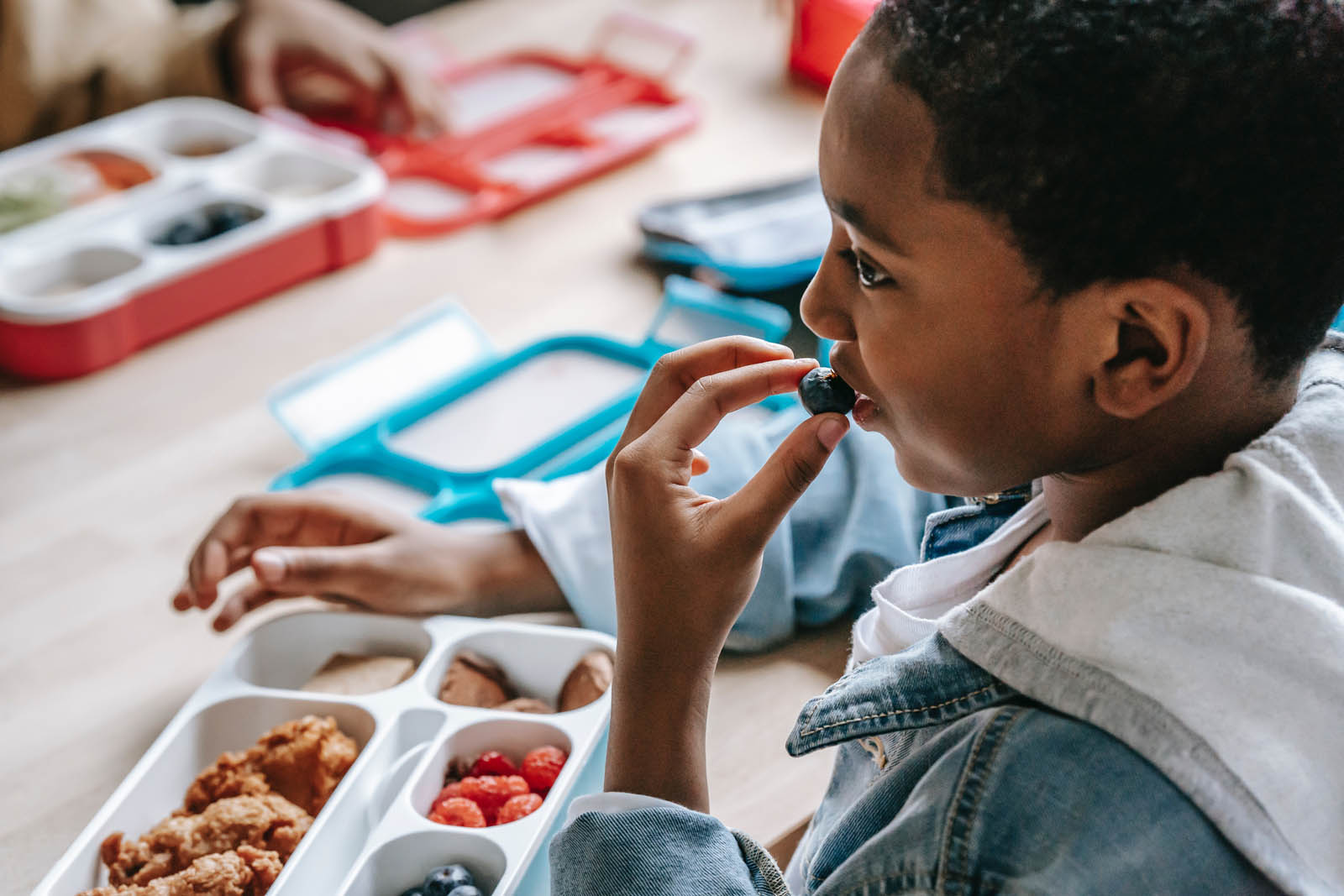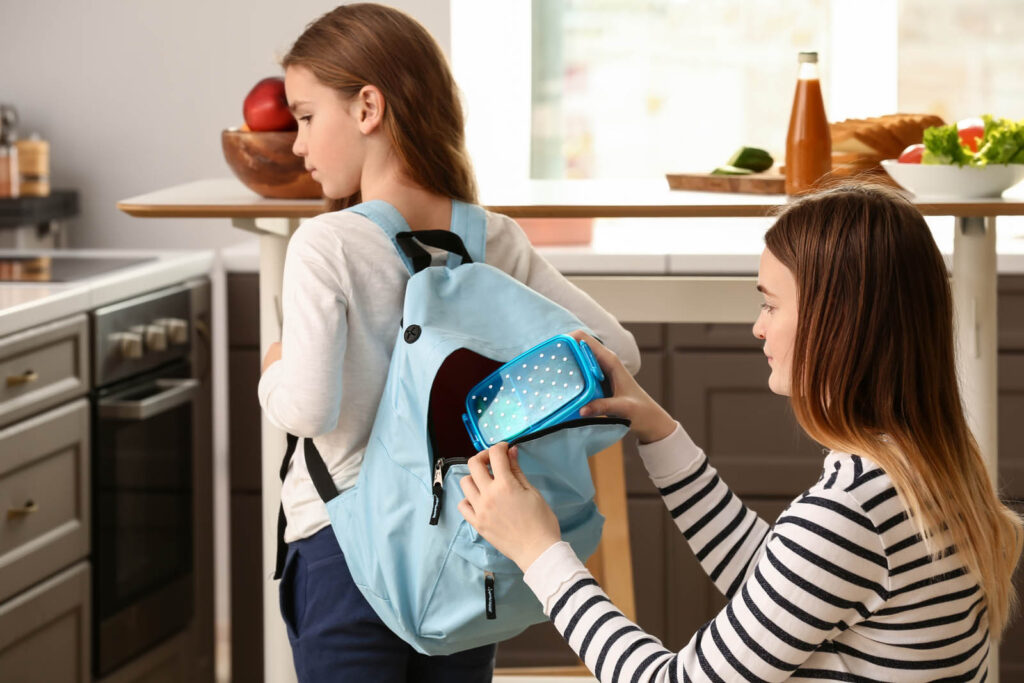
Case Study
What Makes a Good Treat – Understanding the Landscape of Kids Treats
overview
As any parent knows, children can be finicky about food, and many kids struggle with change. When you find a food item or treat your child loves, it becomes a grocery list staple.
A food and beverage manufacturer found themselves in a pickle when COVID supply chain issues meant a beloved treat included in their popular portable lunch solution was no longer easily accessible. To address the issue, the brand’s leadership decided to explore other types of treats they could offer, and specifically, what types of treats would be acceptable to both children and their parents.
C+R created a multi-phase qualitative research program to help the company identify the right treat replacement and the right roll-out.
THE PROBLEM
COVID Supply Chain Issues Mean It’s Time for a Change
A major manufacturer of kid-focused food and beverages offered a (beloved) treat as a component of their popular portable lunch solution. However, shifts in their supply chain due to COVID-19 prompted the company to explore alternative treat options.
The brand approached C+R for help in understanding:
- parents’ and kids’ perceptions of the role and meaning of ‘treats’;
- the relative importance of the different benefits of treats (e.g., for satiety, flavor, play value, etc.);
- perceived elasticity of what defines a ‘treat’; and
- the comparative appeal of alternative treats, including non-food options.

OUR APPROACH
Getting to the Bottom of What Makes a “Good Treat”
C+R developed a multi-phase qualitative approach to help our client gain insight into the importance of treats for parents and children.
First, we created an asynchronous online discussion board to gather parents’ and kids’ views on the importance of treats. Sixteen parent/child pairs from across the U.S. took part in the discussion board, which lasted two days. Parent participants were responsible for at least 50% of the household’s grocery shopping, had purchased our client’s brand in the past six months, and intended to purchase it again in the future. All families had a household income of at least $35,000 annually. A mix of boys and girls across grades 2-4 was recruited.
Adult participants answered questions about their food philosophies and what their kids typically eat for lunch and snacks. They also discussed the role our client’s brand plays in their lives and the benefits of treats (such as satiety, play value, etc.).
In the second phase of the study, a subset of twelve parent/child pairs were invited to participate in live tandem virtual interviews. Each interview lasted 45 minutes, and the participants represented a mix of ethnicities and child ages.
During the interview, the parent/child pair participated in an unboxing activity. Prior to the interview, the parent was asked to buy two of our client’s lunch solution products: one with a treat and one without. The child was presented with both options and asked to share what they liked and disliked about each option.
In the final research phase, we returned to the asynchronous board and all 16 original participant pairs to discover which treat alternatives, if any, they preferred and how well each option lined up with the treat benefits they had previously outlined.

The result
Walking Away With a Plan
The results of the study conceptualized the importance of treats for kids and their parents. We learned that treats can play many different roles (e.g., as a reward, as dessert, as a surprise), although treats seen as ‘healthier’ were typically used differently than treats seen as ‘more indulgent.’ We also learned that, in the context of the portable lunch solution, parents and children found both food and non-food treats acceptable. Perhaps most importantly, our client walked away knowing which treat replacements were sure to please both kids and parents (and which weren’t).


proven experience
related case studies
